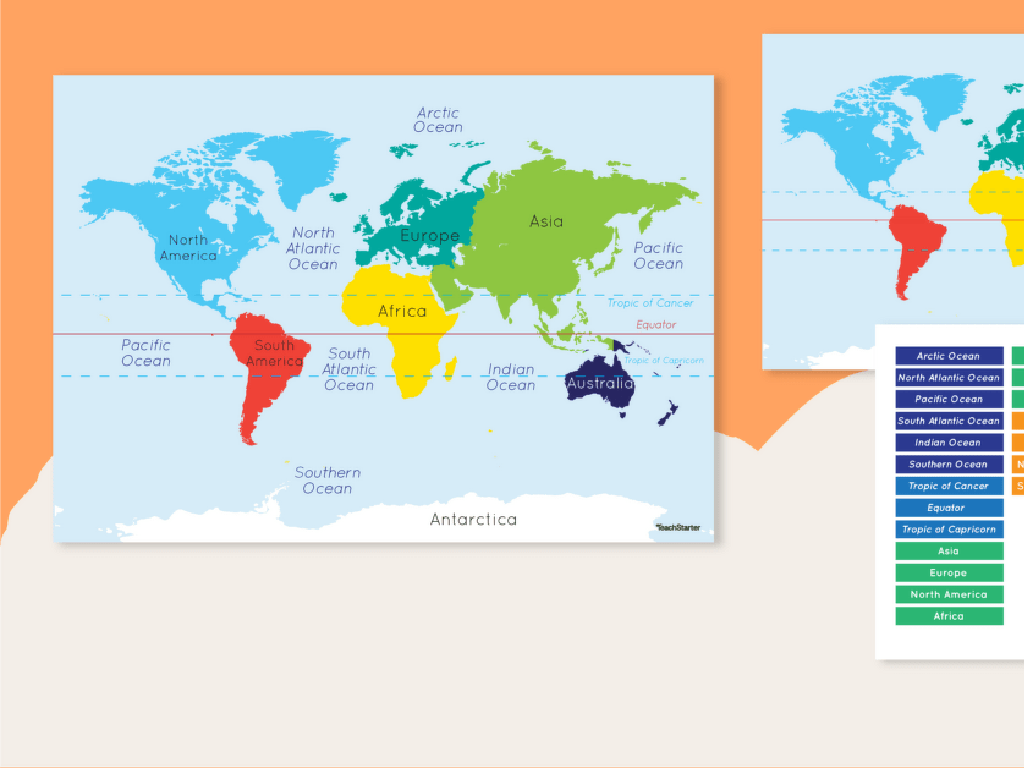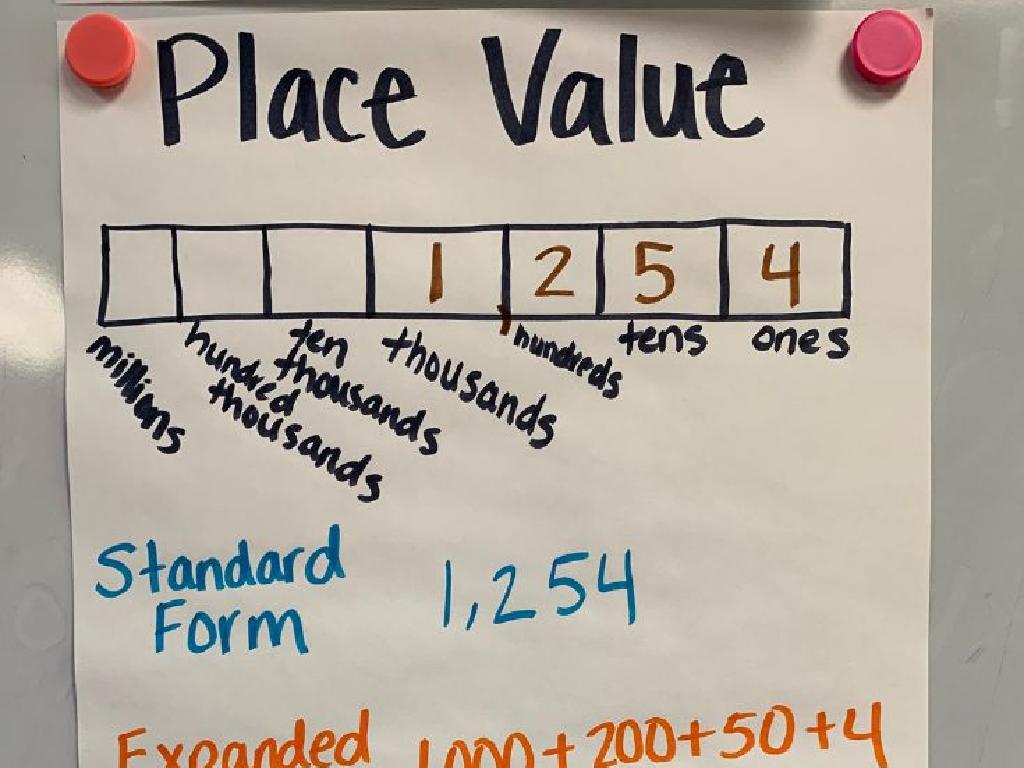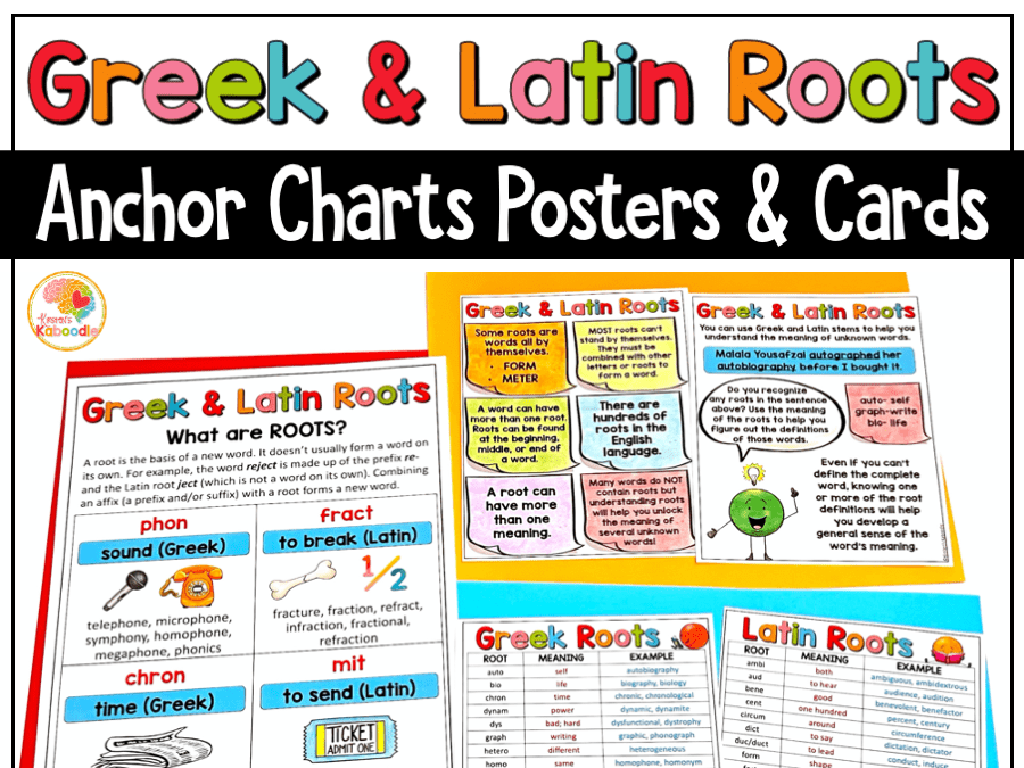Collect And Graph Temperature Data
Subject: Science
Grade: Fifth grade
Topic: Weather And Climate
Please LOG IN to download the presentation. Access is available to registered users only.
View More Content
Exploring Temperature in Weather and Climate
– Weather vs. Climate
– Weather is day-to-day, climate is long term
– Measuring weather elements
– We use tools like thermometers to measure temperature
– Today’s focus: Temperature
– Understanding how temperature varies
– Recording and graphing data
– How to create a temperature graph
|
Begin the lesson by explaining the difference between weather and climate, emphasizing that weather is the daily condition of the atmosphere, while climate is the average weather over a long period. Introduce the tools used to measure weather, focusing on the thermometer for temperature. Explain that today’s class will concentrate on understanding temperature as a key element of weather. Teach students how to record temperature data at different times and how to graph this data to observe patterns. This activity will help them visualize how temperature changes and is an essential aspect of learning about weather and climate.
Understanding Temperature
– Temperature: hot or cold measure
– Measured in °C or °F
– Degrees Celsius and Fahrenheit are scales
– Importance of temperature
– Influences weather, climate, and comfort
– Effects on daily life
– Affects clothing choices, activities, and more
|
This slide introduces the concept of temperature as a measure of how hot or cold something is, which is a fundamental aspect of weather and climate studies. It’s crucial for students to understand that temperature is measured in degrees, using Celsius or Fahrenheit scales, depending on the country. Discuss why temperature is an important aspect to consider; it affects weather patterns, ecosystems, and human activities. Emphasize how temperature influences daily decisions such as what to wear and which activities to engage in. Encourage students to think about how different temperatures feel and to share their experiences related to temperature changes.
Tools to Measure Temperature
– Introduction to the thermometer
– A device that measures temperature
– How thermometers function
– It contains a liquid that expands or contracts with temperature changes
– Exploring various thermometers
– Digital, mercury, and infrared are some types
– Uses in weather & climate
– Helps us understand daily weather and long-term climate patterns
|
This slide introduces students to the concept of measuring temperature, an essential aspect of studying weather and climate. Begin by explaining what a thermometer is and its role in recording temperature. Discuss how thermometers work, focusing on the expansion and contraction of liquids in response to temperature changes. Introduce different types of thermometers, such as digital, mercury, and infrared, and explain their uses. Emphasize the importance of thermometers in understanding both daily weather conditions and broader climate trends. Encourage students to think about why temperature measurement is crucial for weather prediction and climate studies.
Collecting Temperature Data
– How to read a thermometer correctly
– Identify the mercury level and check the scale for the temperature
– Record temperature at various times
– Note the temperature in the morning, afternoon, and evening
– Safety tips for using thermometers
– Handle with care, don’t use broken thermometers, and wash hands after use
– Understanding temperature variations
|
This slide is aimed at teaching students the correct method to read a thermometer, emphasizing the importance of understanding the scale and the level of mercury or the digital reading. Students should be encouraged to record temperatures at different times of the day to observe how temperature changes. Emphasize the importance of safety when handling thermometers, especially glass ones, to avoid breakage and potential harm. Discuss with students how temperature can vary throughout the day and what factors might influence these changes. This activity will help students grasp the concept of daily temperature fluctuations and the basics of data collection in a scientific context.
Graphing Temperature Data
– Understanding graphs
– A graph displays info visually.
– Graph types for temperature
– Line graphs show temperature changes over time.
– Steps to create a line graph
– Gather data, plot points, connect with lines.
|
This slide introduces students to the concept of graphing as a visual tool for displaying information, specifically temperature data. Begin by explaining what a graph is and its purpose. Then, discuss the different types of graphs that can be used to represent temperature data, emphasizing the use of line graphs for showing changes over time. Walk the students through the process of creating a line graph, including collecting temperature data, plotting points on the graph, and connecting them to show trends. Use examples relevant to their daily lives, such as daily temperature readings. Encourage students to think about why it’s important to track temperature changes and how it can help us understand weather patterns.
Understanding Our Temperature Graph
– Interpreting the graph’s story
– Spotting patterns and trends
– Look for rising or falling temperature trends over days or weeks.
– Comparing past and present data
– How does this week’s temperature differ from last week’s?
– Graphs as tools for prediction
– Can we guess future weather based on past patterns?
|
This slide aims to help students understand how to read and interpret temperature graphs. Start by explaining that a graph tells a story about the data it represents. Teach them to identify patterns, such as consistent increases or decreases in temperature, which could indicate a trend. Encourage them to compare temperature data from different time periods to understand changes over time. Finally, discuss how these observations can help us predict future weather patterns. Use examples of temperature graphs and have students practice interpreting them. This will develop their analytical skills and understanding of how data visualization provides insights into weather and climate.
Activity: Temperature Detectives
– Embrace your inner detective
– Collect daily temperature data
– Record the temperature at the same time each day for accuracy
– Craft your temperature graph
– Use a graph to plot the temperatures; notice any patterns?
– Share findings with the class
|
In this engaging class activity, students will take on the role of temperature detectives, collecting temperature data over a set period. Provide them with thermometers and log sheets to record the temperature at the same time each day, ensuring consistency. Once the data collection phase is complete, guide them through creating a graph to visually represent their findings. This could be a line graph where the x-axis represents the days and the y-axis the temperature. Encourage creativity in their graph presentation. Finally, have students present their graphs to the class, discussing any patterns or anomalies they observed. This activity will not only teach them about data collection and interpretation but also about how temperature can vary over time.
Class Discussion: Temperature Data Insights
– Share your temperature findings
– Discuss temperature changes observed
– Did the temperature rise or fall? What factors might have caused this?
– Relate findings to weather patterns
– How do daily temperature changes connect to larger weather systems?
– Explore the importance of this data
|
This slide is meant to facilitate a class discussion on the temperature data collected by the students. Encourage each student to share their data and observations on how the temperature changed over the period they monitored. Discuss with the class how these changes can indicate weather patterns, such as fronts, and how meteorologists use similar data to predict weather. This will help students understand the practical applications of their findings and the importance of data in science. Provide guidance on how to interpret the data and encourage students to think critically about the factors that affect weather. This activity will not only enhance their understanding of weather and climate but also develop their analytical skills.
Wrapping Up: Temperature Observations
– Recap: Why temperature matters
– Temperature affects our environment and daily activities.
– Keep observing temperature changes
– Use a thermometer daily and record the results.
– Get ready for the next weather lesson
– Exciting activities await in our study of weather!
– Share what you’ve learned
|
As we conclude today’s lesson, remind the students of the importance of temperature in weather and climate. It influences our clothing choices, activities, and even the ecosystems around us. Encourage them to continue observing temperature changes at home or school by using a thermometer and maintaining a log. This ongoing observation will help them understand patterns over time. Prepare them for the next class by hinting at what’s to come, perhaps a lesson on precipitation or wind patterns. Finally, ask the students to think about what they’ve learned and to share any interesting observations they’ve made about temperature in their own lives.






